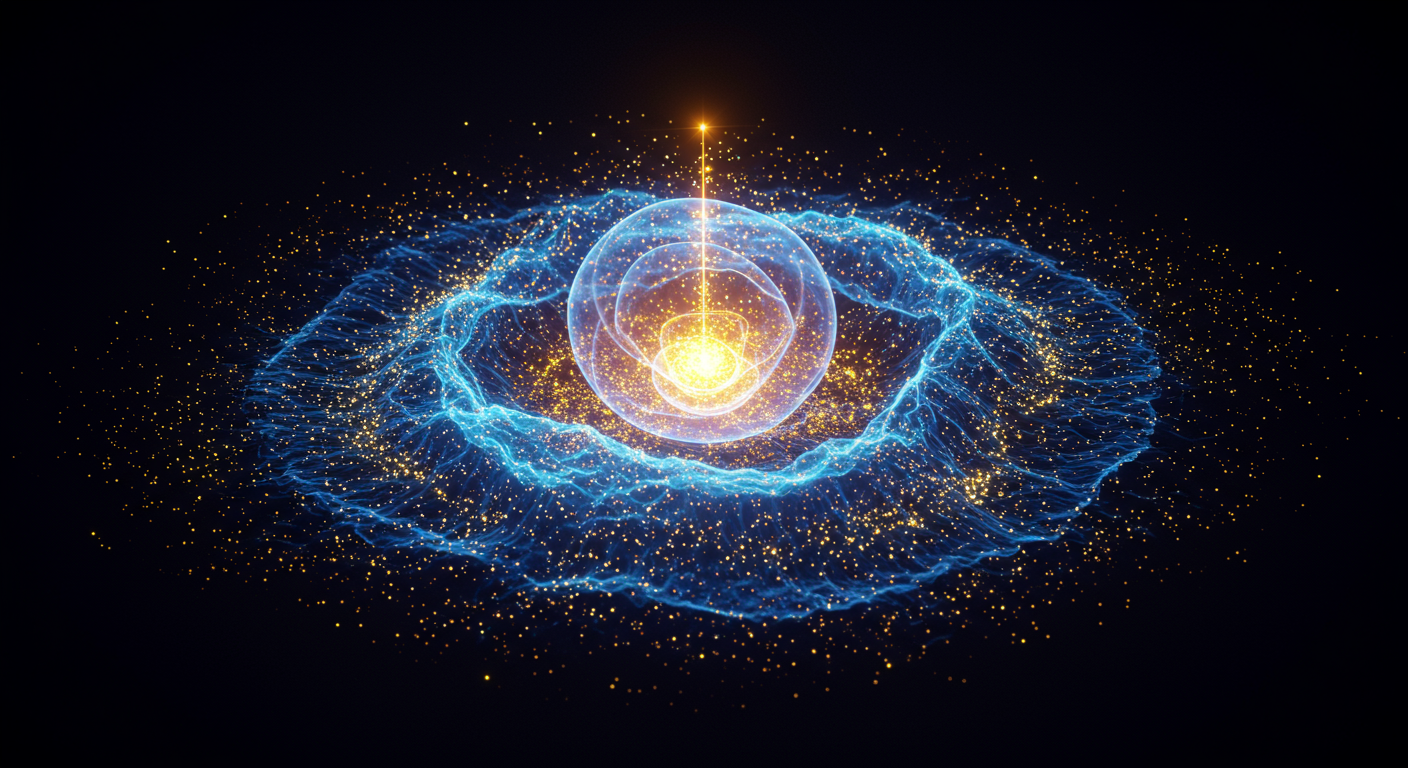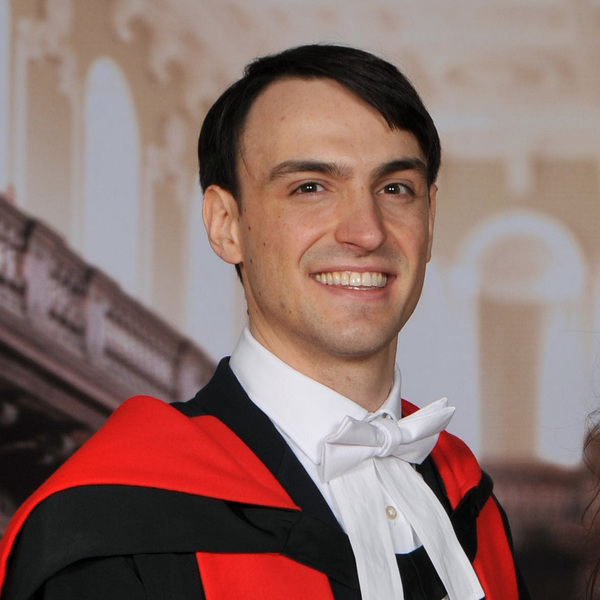Nested sampling for physical scientists

Nested sampling (NS) has emerged as a cornerstone of modern Bayesian computation, and a recent comprehensive review, 2205.15570, offers an exceptional guide for physical scientists looking to harness its power. This primer, led by Greg Ashton and co-authored by a broad coalition of experts including our own Will Handley, Ed Higson, Mike Hobson, Anthony Lasenby, and David Yallup, delves into the principles, practical implementations, and diverse applications of this versatile algorithm.
The Essence of Nested Sampling
At its core, Nested Sampling, introduced by John Skilling in his seminal papers (10.1063/1.1835238, 10.1214/06-BA127), provides an elegant solution to a notoriously difficult problem: the calculation of the Bayesian evidence (or marginal likelihood). Traditional methods like Markov chain Monte Carlo (MCMC) are adept at mapping the shape of a posterior distribution but struggle to compute its normalization, the evidence, which is crucial for model comparison.
NS revolutionizes this by reframing the multi-dimensional integral. Instead of dicing the parameter space into tiny hypercubes—a strategy doomed by the curse of dimensionality—NS integrates by summing over contours of constant likelihood. It transforms the N-dimensional evidence integral into a one-dimensional one: \(\mathcal{Z} = \int \mathcal{L}(\theta) \pi(\theta) d\theta = \int_0^1 \mathcal{L}(X) dX\) Here, $X$ is the prior volume enclosed by a given likelihood contour $\mathcal{L}$. The algorithm works by maintaining a set of “live points” drawn from the prior. Iteratively, the point with the lowest likelihood is discarded, and a new point is drawn from the prior, but constrained to have a higher likelihood than the discarded point. This process systematically explores the parameter space from the diffuse prior towards the high-likelihood peaks of the posterior, providing a direct estimate of the evidence and a set of posterior samples as a natural byproduct.
From Theory to Practice: Implementations and Innovations
The primary challenge in any NS implementation is efficiently drawing new samples from the “constrained prior.” The review paper meticulously surveys the landscape of solutions that have been developed to tackle this. These broadly fall into two categories:
- Region Sampling: Methods like the one pioneered in
MultiNest(0809.3437) attempt to bound the iso-likelihood contour with geometric shapes (e.g., ellipsoids) and draw new points from within this bound. While efficient in lower dimensions, they can struggle with the curse of dimensionality. - Step Sampling: These methods, exemplified by our group’s
PolyChordcode (1506.00171), evolve an existing live point to a new, independent location via a series of steps, such as slice sampling. This approach scales much better to the high-dimensional problems increasingly common in modern cosmology and particle physics.
A significant advancement discussed in the review is dynamic nested sampling, an approach developed by our group members (1704.03459) and implemented in codes like dyPolyChord and dynesty. This allows the number of live points to be varied during the run, allocating more computational effort to the most important regions of the parameter space—typically the posterior bulk—dramatically improving efficiency for parameter estimation.
A Tool for Discovery Across the Sciences
The review highlights the transformative impact of NS across several scientific domains, a testament to its flexibility and power:
- Cosmology: NS has become an indispensable tool for model selection, allowing cosmologists to compare complex theories of inflation, dark energy, and dark matter against observational data from probes like the Planck satellite and the Dark Energy Survey.
- Gravitational-Wave Astronomy: The analysis of signals from merging black holes and neutron stars presents a formidable challenge, with highly correlated, multi-modal posteriors. NS has proven robust in navigating these complex likelihood surfaces, extracting crucial information about the astrophysical sources and fundamental physics.
- Materials Science: By drawing an analogy between the Bayesian evidence and the thermodynamic partition function, NS can be used to explore the energy landscapes of molecules and materials. This allows for the calculation of thermodynamic properties like heat capacity and the characterization of phase transitions from a single computational run.
This review serves as both a perfect introduction for newcomers and a valuable reference for seasoned practitioners. It encapsulates over a decade of algorithmic development and scientific application, providing the community with a clear guide to best practices, potential pitfalls, and the exciting future of this powerful computational technique.






Content generated by gemini-2.5-pro using this prompt.
Image generated by imagen-3.0-generate-002 using this prompt.